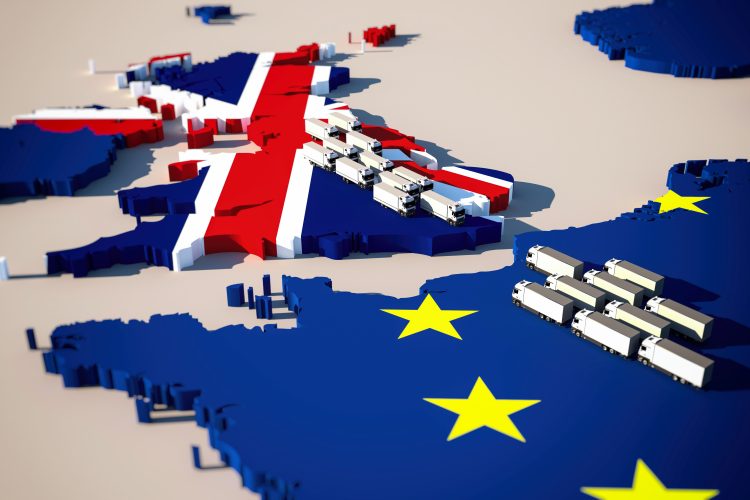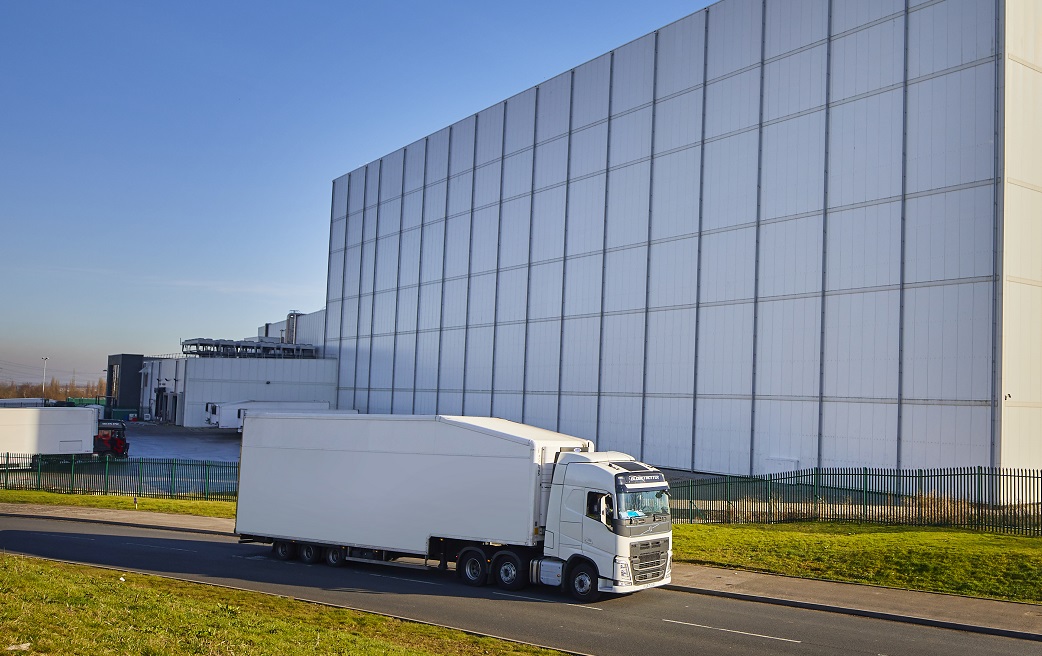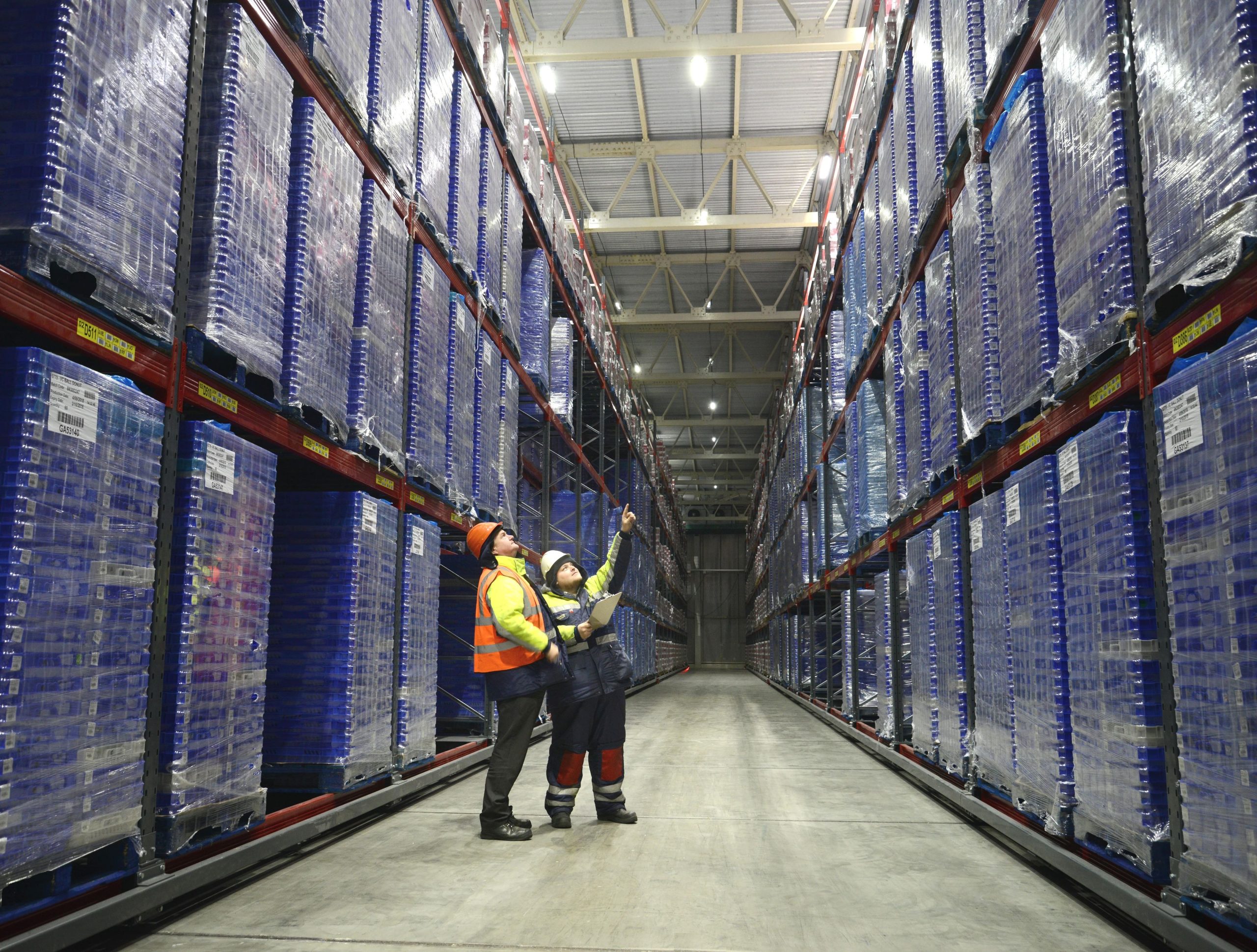The long road of Brexit: A shifting regulatory reality
- Like
- Digg
- Del
- Tumblr
- VKontakte
- Buffer
- Love This
- Odnoklassniki
- Meneame
- Blogger
- Amazon
- Yahoo Mail
- Gmail
- AOL
- Newsvine
- HackerNews
- Evernote
- MySpace
- Mail.ru
- Viadeo
- Line
- Comments
- Yummly
- SMS
- Viber
- Telegram
- Subscribe
- Skype
- Facebook Messenger
- Kakao
- LiveJournal
- Yammer
- Edgar
- Fintel
- Mix
- Instapaper
- Copy Link
Posted: 15 September 2023 | Shane Brennan | No comments yet
Shane Brennan, Chief Executive of the Cold Chain Federation discusses how numerous Brexit import pushbacks have affected the sector and what the supply chain might look like in a post-Brexit world.


The UK has left the EU. I hope that doesn’t come as a surprise to anyone, but it might for some especially in the European food business community. Because, for all the political drama of recent years, very little has changed for European food companies that are used to selling food to the UK.
For them, and for their customers, Brexit is still to be done and therefore the implications of import controls are yet to play out. As the UK promises to, once again (this time definitely promise) go ahead with the new border controls on EU to UK food imports starting on the 31 January 2024, it is time to start thinking about what the UK food supply chain will look like in a post-Brexit world.
But first, it’s important to understand why it has taken so long. It is nearly three years since the EU imposed full controls on UK goods entering the EU single market. In all that time the UK has operated outside the terms of the UK/EU free trade agreement, its own food safety laws and international trade rules.
It’s not that the UK hasn’t tried, we have had at least three fully formed plans formalised to (to coin a phrase) take control of our food border. But every time, faced with the looming reality of inevitable disruption and high costs for UK food consumers, Ministers have chosen to delay.
Industry responds to fifth delay for post-Brexit food import checks
Postponing to prepare?
The justification for delay has consistently been that industry has needed more time to prepare. That argument has never really been that persuasive. The reality is that no implementation timeframe is long enough to mitigate the downsides involved in having to impose complex, subjective, and costly barriers to trade. Also, whatever the lead-in period, a significant percentage of businesses will only react to change when it actually happens.
The delays are a function of indecision. Government has struggled in its resolve to do something damaging to our supply chains that has no obvious upside. The delayed imposition of food border controls is the last sticking plaster of the Brexit transition, and Ministers are really reluctant to whip it off.
It is very easy to be critical, but it is also important to recognise that there is significant ambition in the model that has now been brought forward. Government has tried very hard to find ways to minimise the burden of necessary food safety controls on as many importers as they can. This makes the new Border Operating Model a pretty unique (internationally speaking) risk categorisation approach, that means that large amounts of food imported into the UK (not just from Europe but from a number of markets around the world) will not have to provide the full range of certificates and verifications that would usually be required.
This innovation provides significant advantages for importers of foods deemed low risk. A deregulatory boon, especially those importing from markets outside the EU who will see their regulatory burden visibly decrease. But not so reassuring for those that are importing foods deemed ‘medium’ or ‘high’ risk who face the full burden of certification and inspection risk. For ‘medium’ risk in particular, which means most meat, dairy and fish products, it will prove very frustrating and disruptive.


Brennan shares that he believes the UK Government “has tried very hard to find ways to minimise the burden of necessary food safety controls on as many importers as they can”
However, as the reality of the new risk-based regime comes into view the comparisons and apparent inconsistencies loom large. For example, beef from Ireland is a medium risk, and so will have to be certified every time it moves by an official vet and could be held and inspected at the border, whereas beef from New Zealand is low risk. Processed cheese is low risk, but goods containing raw milk from Europe is medium. It will also take quite some time for the new border enforcement agents and the importers to settle in and understand the new rules. Once they do, these rules will influence purchasing decisions, product formulations and lead to reorganisation of supply chains.
The countdown is on
So, we will combine the indecisive policy decision making and implementation strategy of the past three years, with the significantly new framework that the UK border model represents and the general low levels of awareness and engagement in the European and international food industry, with the details of what the UK Government is about to do. We have to assume a period of disruption once the rules actually start to take effect from January next year. Only once we have got through that will the full implications be understood.


The industry must “assume a period of disruption once the rules actually start to take effect from January next year”, says Brennan
But even that assumes consistency of policy at the top and that is not something we can or should assume. With a general election in 2024, and promises to revisit the whole issue of the separation of UK and EU food safety laws coming from the main political opposition policies, it would be a brave business that settled on long-term strategic choices about how best to organise the way it supplies goods to the UK.
The reality is that Brexit is not done, it is an ongoing process and a shifting regulatory reality that businesses have lived with for the past three years and is unlikely to change fundamentally for some time yet.
About the author


Related topics
Food Safety, Food Security, Regulation & Legislation, retail, Supply chain, Trade & Economy, World Food









